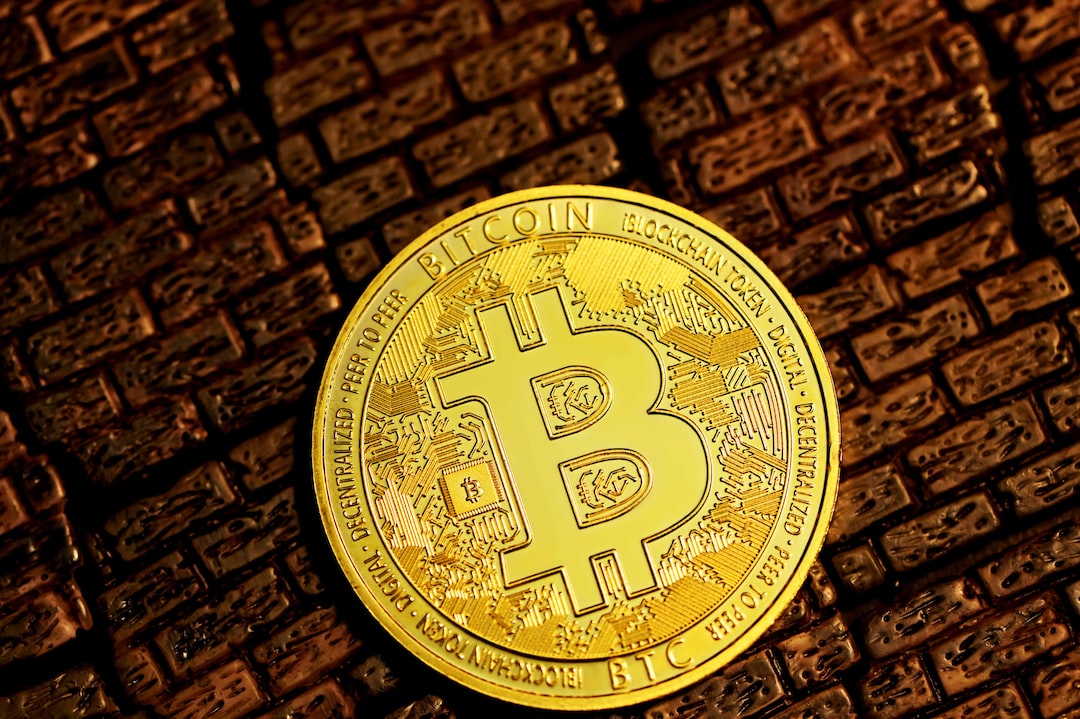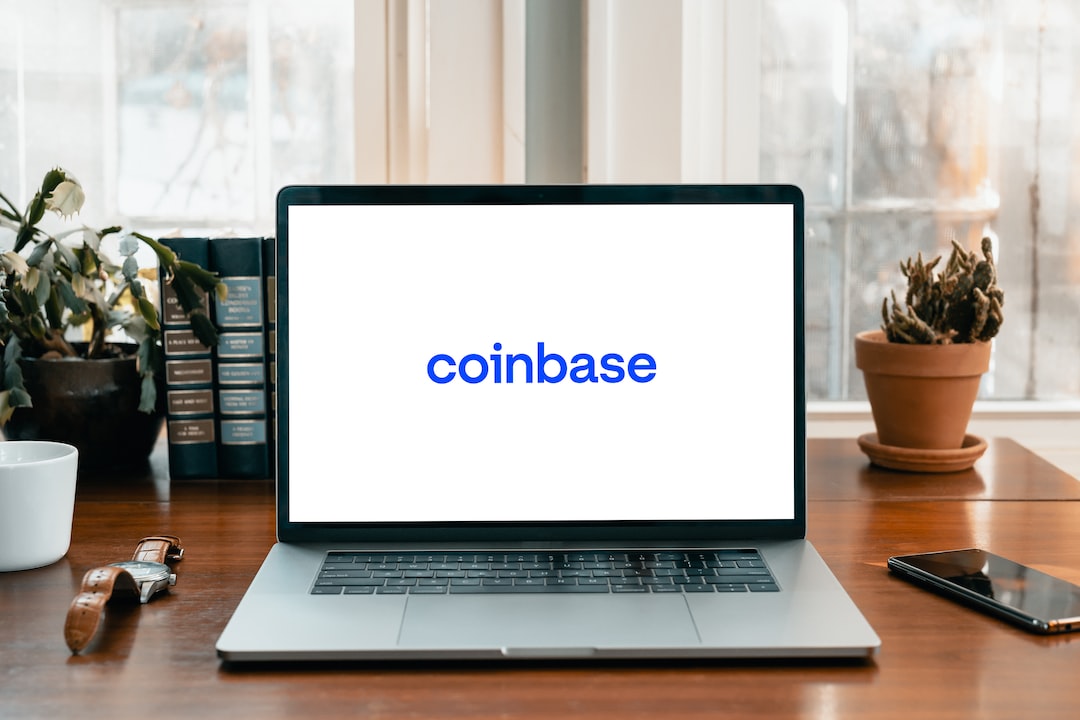The Rise of Stablecoins: Examining the Impact on the Crypto Market
Welcome to the exciting world of cryptocurrencies! If you have recently joined this digital revolution, you may have come across the term “stablecoins.” In this article, we will take a closer look at stablecoins and delve into their impact on the crypto market. So, fasten your seatbelts and let’s explore this fascinating development in the crypto space.
What are Stablecoins?
Stablecoins are a special breed of cryptocurrencies that aim to maintain a stable value, unlike the highly volatile prices associated with most traditional cryptocurrencies like Bitcoin and Ethereum. Their primary objective is to provide stability and reduce the uncertainties that often plague the crypto market. Stablecoins achieve this by pegging their value to a real-world asset, such as a fiat currency like the US Dollar, or even to a basket of different currencies or commodities.
The Benefits of Stablecoins
Stablecoins offer several advantages to crypto enthusiasts like you. Firstly, they provide a reliable store of value. This means that the value of stablecoins doesn’t fluctuate wildly like other cryptocurrencies, allowing you to confidently hold assets without the fear of significant losses. Additionally, stablecoins enable faster and cheaper transactions compared to traditional banking methods, thanks to their seamless integration with blockchain technology.
Impact on the Crypto Market
The rise of stablecoins has had a profound impact on the overall crypto market. One major area of influence is in facilitating easier entry and exit points into the world of cryptocurrencies. Stablecoins act as a bridge between the crypto world and traditional banking systems, making it easier for newcomers to buy cryptocurrencies and convert them back into fiat currency without the need for complicated exchange processes.
Increased Liquidity
Another significant impact of stablecoins is the increased liquidity they bring to the market. By providing stable alternatives to volatile cryptocurrencies, stablecoins have become a preferred choice for traders and investors. This increased adoption has resulted in higher trading volumes and increased liquidity, making it easier to buy and sell cryptocurrencies on various exchanges.
Hedging Against Market Volatility
Stablecoins also offer a valuable tool for hedging against market volatility. For instance, during periods of high volatility in the crypto market, traders can quickly convert their volatile cryptocurrencies into stablecoins to protect their capital from potential losses. By doing so, they can safeguard their investments and actively manage their risk exposure.
Integration with Decentralized Finance (DeFi)
Stablecoins have found a natural home in the realm of decentralized finance, or DeFi. DeFi applications, such as lending platforms and decentralized exchanges, heavily rely on stablecoins as a means of collateral, lending, and trading. Stablecoins act as a stable unit of account within DeFi ecosystems, enabling more efficient and seamless transactions between different decentralized apps.
Essential Stablecoins in the Market
Now that we understand the impact of stablecoins, let’s explore a few popular ones you may come across in the crypto world:
Tether (USDT): Tether is currently the most widely recognized stablecoin, with its value pegged 1:1 to the US Dollar. It has gained significant traction despite various controversies surrounding its backing.
USD Coin (USDC): USD Coin is another popular stablecoin that aims to bring stability to the crypto market. It is backed by a consortium called CENTRE, which ensures transparency and audits the reserves backing each token.
Dai (DAI): Dai is a decentralized stablecoin created by MakerDAO. It uses a complex system of smart contracts and collateral to maintain its stability. Unlike other stablecoins, Dai achieves stability without relying on a reserve of fiat currency.
Addressing Concerns
While stablecoins offer undeniable benefits, they also come with their fair share of concerns. One primary concern revolves around the trustworthiness and transparency of the reserves backing stablecoins. It is crucial to thoroughly research a stablecoin’s reputation and audit reports to ensure full transparency and eliminate potential risks.
Conclusion
Stablecoins have revolutionized the crypto market by providing stability, increased liquidity, and seamless integration with various applications. These digital assets have become an essential tool for trading, investing, and participating in the decentralized finance ecosystem. So, embrace the rise of stablecoins, and unlock the full potential of the crypto market.
Frequently Asked Questions (FAQs)
1. Are stablecoins as secure as other cryptocurrencies?
Stablecoins are generally considered to be relatively secure, as they are often backed by reserves that aim to match the value of the stablecoin. However, it is essential to research each stablecoin’s backing and reputation to ensure its security and transparency.
2. Can stablecoins be used for everyday transactions?
Absolutely! Stablecoins are designed to provide a stable value, which makes them suitable for everyday transactions. Their easy convertibility back to fiat currency makes them an attractive option for regular use.
3. Are stablecoins only used in the crypto market?
While stablecoins have gained popularity in the crypto market, they also have utility beyond it. Stablecoins can be used for remittances, cross-border transactions, and as a hedge against market volatility, among other applications.
4. Are stablecoins subject to regulations?
Stablecoins are subject to regulatory scrutiny in many jurisdictions. As the crypto market continues to evolve, governments worldwide are exploring regulations to ensure consumer protection, prevent money laundering, and maintain financial stability.
5. How can I convert stablecoins back to fiat currency?
To convert stablecoins back to fiat currency, you can use reputable exchanges that support stablecoin/fiat trading pairs. These exchanges will enable you to sell your stablecoins and withdraw the corresponding fiat currency to your bank account.
6. Do stablecoins have transaction fees?
Transaction fees associated with stablecoins vary depending on the platform or exchange used. However, stablecoin transactions are generally known for their lower fees compared to traditional banking methods.
7. Can stablecoins be used for long-term investments?
Stablecoins are not generally considered as long-term investment assets. Their primary purpose is to provide a stable value and facilitate transactions. If you are looking for long-term investments, it is advisable to explore other investment options within the crypto market.
8. Are stablecoins backed by physical assets?
Stablecoins can be backed by physical assets, such as fiat currency or commodities, depending on the specific stablecoin. It is crucial to research each stablecoin’s backing mechanism to understand its underlying asset and security.
9. How can stablecoins play a role in decentralized finance (DeFi)?
Stablecoins are a fundamental component of many DeFi applications. They act as a stable unit of account, collateral, and medium of exchange within DeFi ecosystems, enabling various financial transactions such as lending, borrowing, and trading.
10. What is the future outlook for stablecoins?
The future of stablecoins seems promising. As regulatory frameworks mature and the crypto market expands, stablecoins are expected to gain further adoption, becoming an integral part of both crypto transactions and traditional financial systems.





 By
By
 By
By

 By
By

 By
By